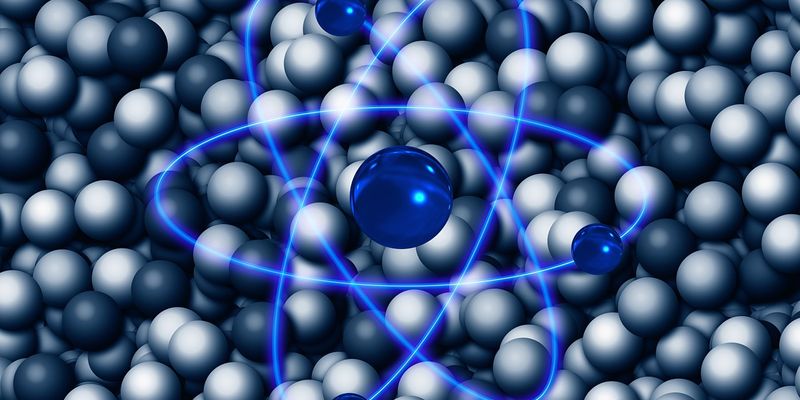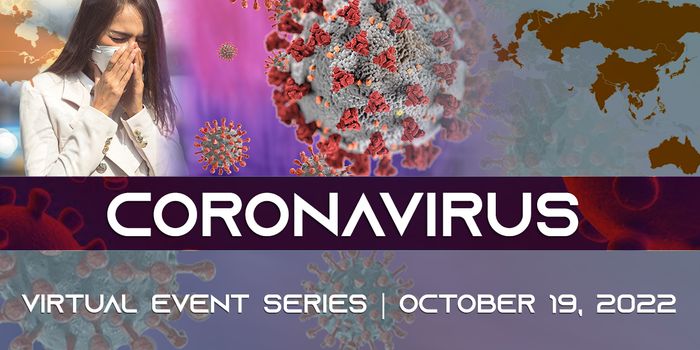Cryoelectron Microscopy
TEMs (Transmission electron microscopes) pass a beam of electrons through a sample to create an image of that sample onto a detector. However, these electron beams can cause water around a sample to evaporate, and the sample can become burned and/or destroyed. Cryoelectron microscopy, also known as Cryo-EM, utilizes frozen samples and less intense electron beams coupled with advanced imaging, to prevent molecular damage and destruction during this process.
-
OCT 19, 2022 | 5:30 AM PDTLabroots announces the 2022 Coronavirus Virtual Event Series. A novel coronavirus emerged in China in 2019; it has since been dubbed COVID-19....MAY 09, 2017 | 7:00 PM PDTExplore the world's largest protein expression virtual event on-demandThe Gibco™ ExpressionWorld™ virtual conference is the world’s largest online venue for experien...
OCT 19, 2022
| 5:30 AM PDT
Labroots announces the 2022 Coronavirus Virtual Event Series. A novel coronavirus emerged in China in 2019; it has since been dubbed COVID-19....
MAY 09, 2017
| 7:00 PM PDT
Explore the world's largest protein expression virtual event on-demandThe Gibco™ ExpressionWorld™ virtual conference is the world’s largest online venue for experien...


